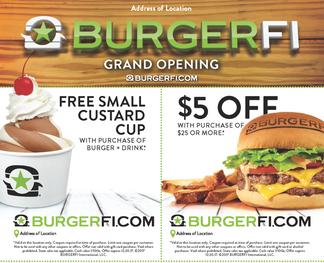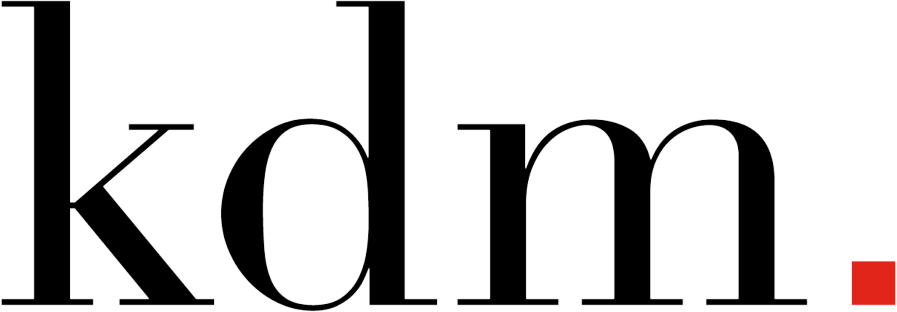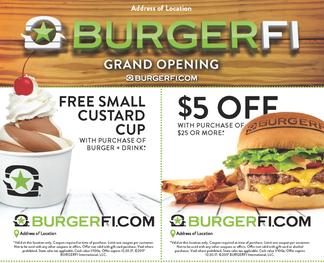
The shift of in-store marketing budgets from a mass, one size fits all strategy, to a more personalized, local marketing strategy has been instrumental in the growth of print-on-demand (POD) services and the marketing asset management technology that drives it. Retail brands of all sizes are realizing these four reasons why they need a unified web-to-print solution that allows them to tailor their in-store marketing strategies and investments.
1. Today’s shoppers expect a more personalized shopping experience
A survey conducted by Infosys reported that 78% of consumers are more likely to become a repeat customer if a retailer provides them with targeted, personalized offers. Yet, most retailers have not achieved the level of customization and targeted local marketing that shoppers demand because they are not drawing on technology tools that provide the necessary marketing asset management and print-on-demand processes.
Local marketing and modern web-to-print solutions focus on enabling anyone within the organization; from sales teams to field agents, to franchisees, to regional and local teams, with the marketing tools they need to promote and sell the brand locally in order to resonate with their guests and give them an experience that keeps them coming back.
By using a platform that captures specific store profiles retailers and brands have the opportunity to customize their in-store messaging, promotions, and pricing to target shoppers based on what they want and need at a local level. Profiling shoppers by demographics, which may range from age and income, or by cultural and ethnic backgrounds, trip types, or foot traffic patterns, to name a few, enables brands and retailers to quickly and effectively develop targeted offerings rather than irrelevant mass promotions that are of no interest to many of their shoppers.
2. Brands need the agility to act swiftly to consumer’s needs
Consumers’ wants and needs are fluid and swiftly changing, requiring a marketing solution that is fresh and poised to react. In a business where speed-to-market can be a significant competitive advantage, integrated web-to-print solutions offer this needed agility by streamlining production and simplifying the entire workflow:
- Web-to-Print minimizes human touch points and the associated costs
- Automates the entire business operations by integrating with procurement, production, warehousing, distribution, and other processes
- Eliminates tedious spreadsheets, errors and improves productivity and efficiency
- And, here’s another biggie, it assures brand compliance
For example, a Quick Serve Restaurant finds that nearby Millennials on their way home from work want to pair up a salad with a beer on Friday, and on Monday they prefer a salad with a Coke. The retailer can bundle these offers and easily develop merchandising to support these deals.
3. Helps retailers to reduce excess product inventory in-store
According to studies on the impact of excess inventory, the additional cost of holding such goods can be as high as 25%-32%. Consider the costs involved with merchandise such as freight in, storage costs, insurance, spoilage, taxes, and other factors. High inventory results in inventory obsolescence, which ultimately results in lower gross margins for the retailer.
Now imagine how a retailer can swiftly get rid of an abundance of product in their stores through signage that promotes the sales of these products. They go to the marketing portal, fill in a template and then order small quantities of custom, print-on-demand marketing materials that are in compliance with their store and brand.
4. Minimizes the up-front costs of promotional POP and reduces waste
According to a study by the CMO Council’s Marketing Supply Chain Institute, up to 50% of retail marketing consumables are deemed as waste. “Marketing is investing billions in the production of point-of-purchase displays, sales collateral, brochures and in-store materials. There is little regard for the actual targets, locations and resources required to turn these displays into demand creation assets,” noted the CMO Council.
The idea of developing targeted merchandising distributions for each store based on its profile might have once been viewed as complex and expensive. Today, POD and Digital printing processes allow brands to take advantage of just-in-time manufacturing, producing only what is needed, when it is needed. This allows them to minimize their up-front investment and minimize waste.
Marketing asset management and procurement technology streamlines the personalization at the store level, which in turn delivers results that are well worth the investment.

